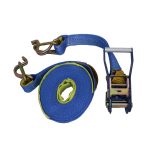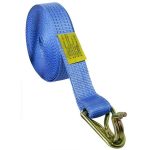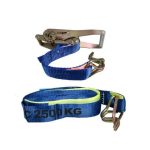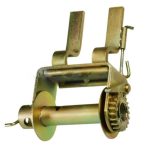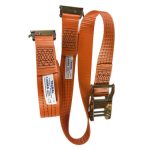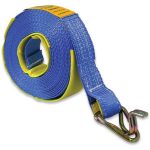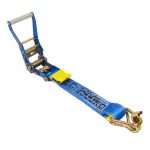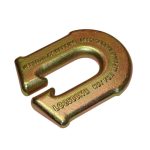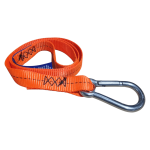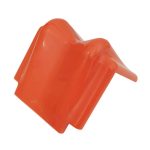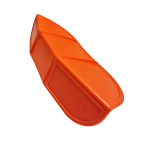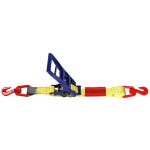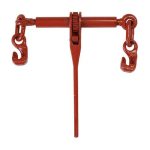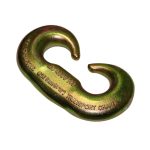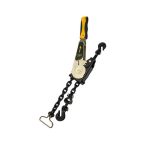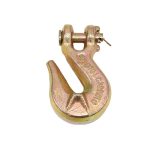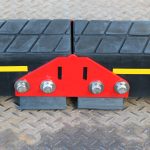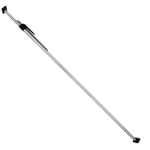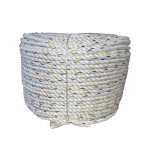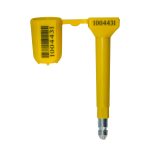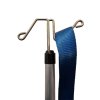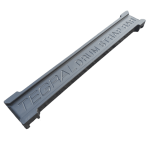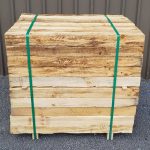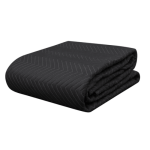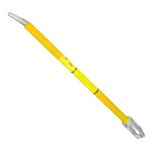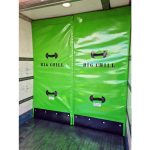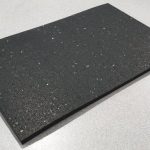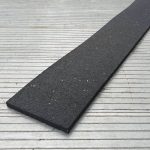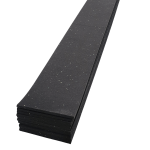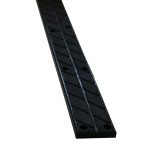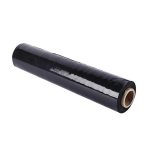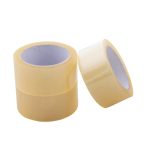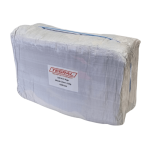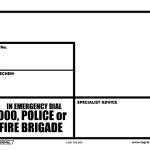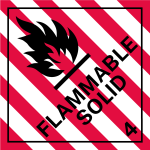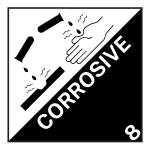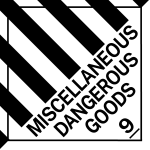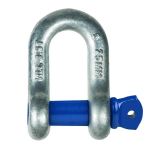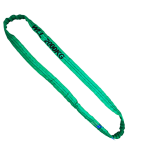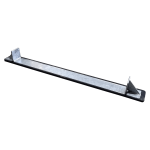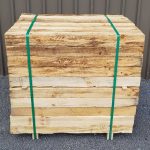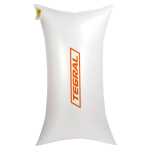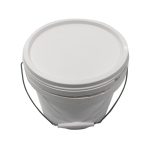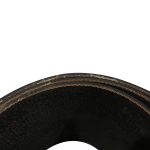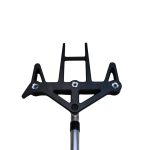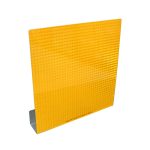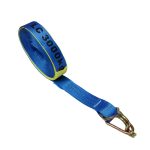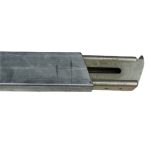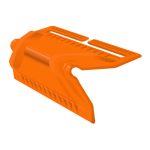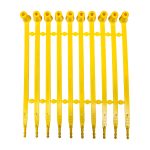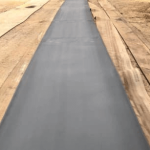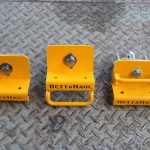Which knot is the most significant is a topic of much discussion. Anyone who has served in the military will recall how their boot camp drill instructor told them the bowline was the “only” knot to know. However, for every truckers, there are a variety of knots that can be used in different situations.
The Trucker’s Hitch is one of the most common knots for tying a load onto your trailer and it can also be used to tie down other objects on the back of your vehicle. It’s easy to learn how to tie this knot, but it does require some practice before you master it! The Trucker’s Hitch has two round turnings which form an anchor point for your load; one at each end of the rope (the hitch). The center portion of this rope forms what we call our “washer” or “washer string”. Once both ends have been tied off using this method, pull on them together and then tighten up both sides until they meet up perfectly with one another – this will create tension in between each side so that when tightened down properly they won’t come apart easily when loaded onto another vehicle/truck later on down the road.
The Trucker’s Hitch is a knot that’s used to secure a rope to a fixed point. It’s useful for pulling a load or towing a trailer. The knot is easy to tie, but it can be hard to untie in case you need it removed quickly.
To tie the Trucker’s Hitch:
Measure out two lengths of rope equal in length and loop them together around an object so that they form an L shape (see photo below). Tie an overhand knot at one end of this piece of cordage; this will serve as your working end later on when tying other knots onto it!
Take your left hand and wrap it around both ends of the cordage attached at point 1 above until both hands meet up with each other again at point 2 above—this will create the second half of our “L” shape created earlier by tying overhand knots between their respective ends.”
The most popular knots for securing loads to trucks or trailers can be found below. For a more thorough understanding, you can also watch each of the tutorial videos from Animated Knots.
Round turn and two round hitches
Round turn and two round hitches: This knot is used to secure a rope to a pole. It can be done by tying the end of your rope around the pole, then wrapping it around itself twice before pulling it tight.
Carabiner hitch: This knot is used to secure a rope or line that is hanging free from one point and prevent it from falling (or getting stuck). To make this type of hitch, wrap one end of your line or cord around the carabiner’s strap so that you have both ends locked together with no slack in between them; then slide them apart until they’re far enough apart for you not only see through but also reach through easily without getting caught on anything else along their path (like another piece of equipment).
Hooking Hitch: The hooking hitch secures things like hooks onto objects like trees or posts; however, this type of installation requires more finesse than most other types because if done incorrectly then there could be damage done by either breaking off pieces inside whatever object they’re being attached too – both while trying hard against gravity causing them to break off completely – or causing excessive wear on whatever surfaces are touching each other.
Clove hitch and half
A clove hitch is used to tie down a load. The clove hitch consists of two half hitches, or “clover” knots on one end and a square knot on the other.
The half hitch is tied around an object and then tightened down with one hand while you pull it tight with your other hand; this holds it in place until you can secure it further with another half-hitch knot at its base.
The square knot used in trucking is frequently referred to as an overhand because its shape resembles an upside-down capital “O.” this knot must be tightened evenly so that it doesn’t loosen during driving or when loading/unloading cargo from trucks onto trailers or railcars.
Sheepshank
The sheepshank knot is a quick and easy way to shorten a rope. It’s also called the sheepshank bend, but it can be used for other purposes as well.
The first step in tying this knot is to tie an overhand loop at one end of your rope with two half hitches on each side of that loop (Figure 1). Then make another overhand loop opposite from where you started with another two half hitches on each side of that new loop (Figure 2). Finally, take both ends of your rope through these three loops and pull them tight (Figure 3). This will create what’s called an “internal” or “loop” position for your knot—one where there isn’t much rise or fall between each turn around itself—which makes it easier than other types of knots when it comes time to untie later down the road!
Single sheet bend
The single sheet bend is used to tie two ropes together. It can be used as a loop knot, but it’s most commonly used to join two ropes together because it forms an S-shape when tied:
- Start with one rope and make a loop at the end of it, then pass that loop through your second rope (and vice versa).
- Pull tight until you have formed an S-shape; this makes sure that your two pieces are properly connected and won’t slip apart when you tug on them later on!
These types of knots are used for a variety of functions during a move, from securing large things to the moving truck so they stay secure to tying other items together. The proper knot must be chosen for each particular work, even if certain knots are helpful when moving. If the improper knot is tied for a task, it could cause more harm than good.




